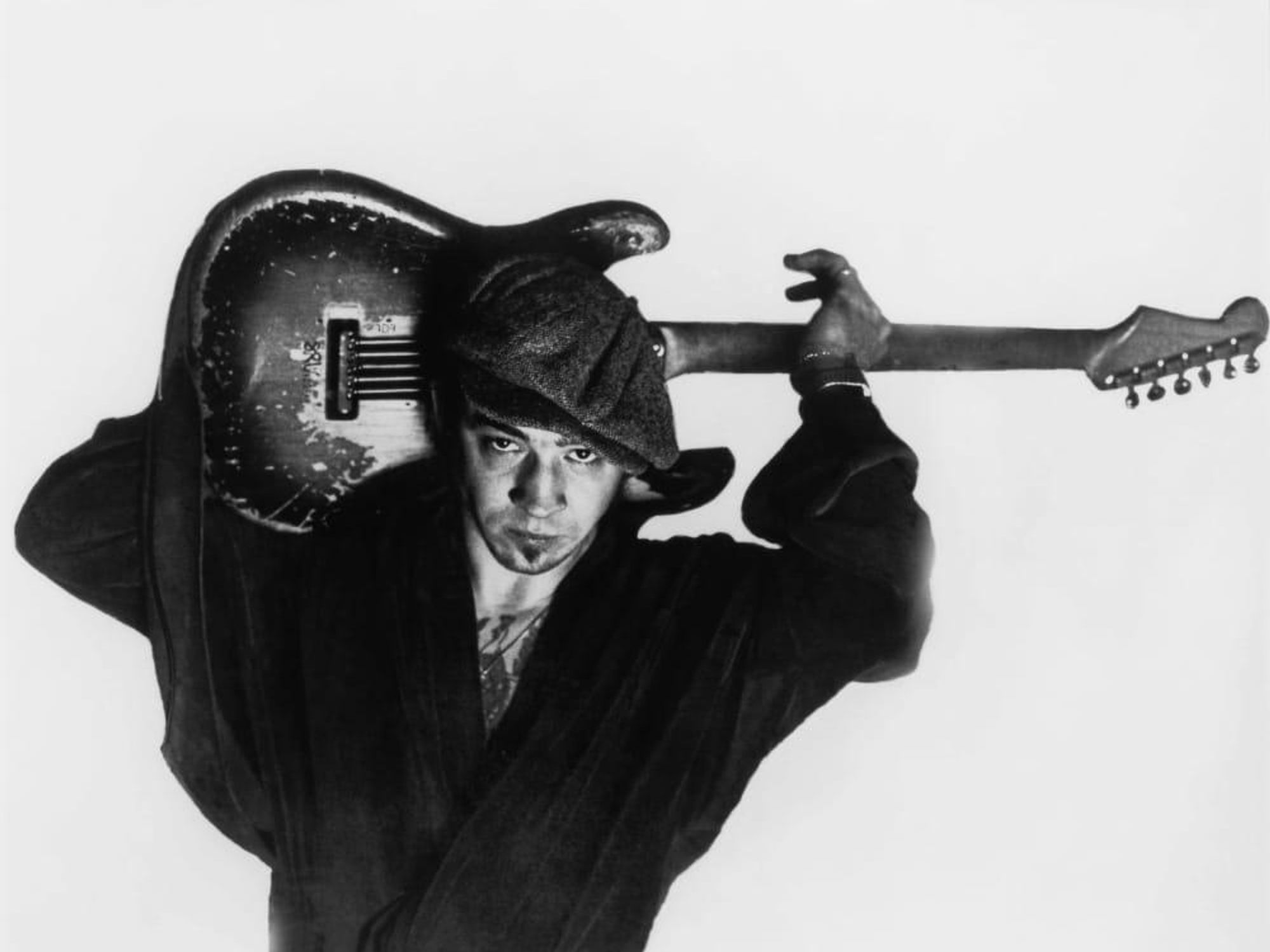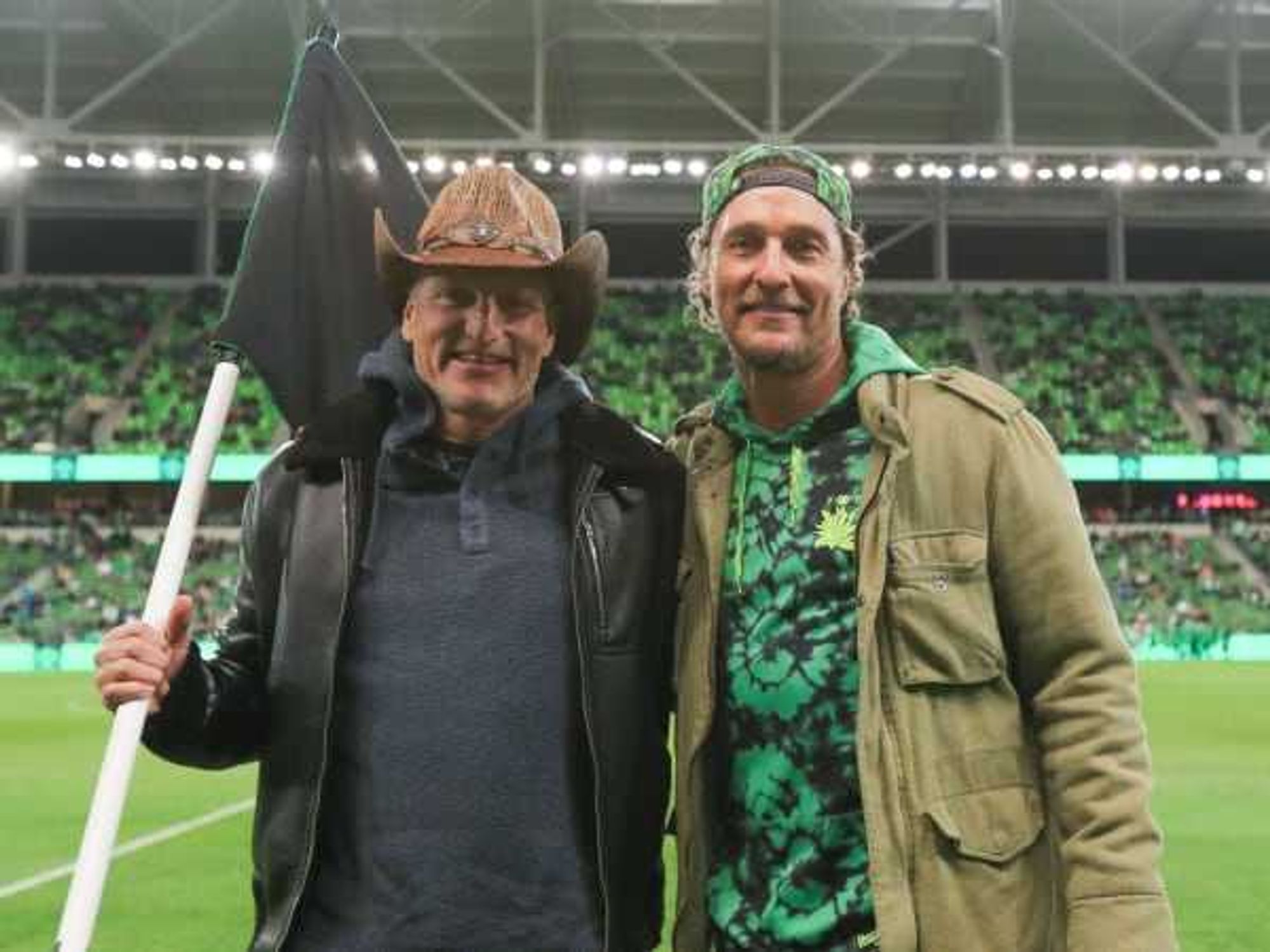Hidden Gems
New exhibition spotlights Austin's important place in American music history

As a sincere homage / Both to his life and his death / To the man for whom the whole world weeps / Because he was a great president,” laments a man in Spanish over the death of President John F. Kennedy.
He’s singing a Mexican corrido — as I follow the translation on a screen — a popular ballad style whose songs are often about socially relevant and significant events.
I remove the large black headphones off my head and continue on through "Greatest Hits," the signature exhibition that recently opened at the Dolph Briscoe Center for American History, one of the finest and most under-appreciated facilities on the University of Texas campus.
The exhibition features 200 items from 40 of the center’s collections — and you never know what you might stumble on. Isn’t that? Yes, it’s a photo of a young, fresh-faced Bruce Springsteen making his Austin debut in 1974 at the Armadillo World Headquarters.
The Briscoe Center has long emphasized music as part of its mission to document the historical experience of the American people. "Greatest Hits," running now through December 14, offers a colorful and eclectic snapshot of the forces that shaped music in Austin, and across Texas, the American Southwest, and beyond.
“The exhibit isn’t about Austin per se, but the town crops up throughout ... because Austin has always been a place where musicians and producers both take off and land,” says the Briscoe Center’s Ben Wright. “Austin may not have had the sort of influence on American music as say Los Angeles, New York, or Nashville, but it’s always been plugged in and has its fair share of hometown heroes. It’s played a part and continues to do so.”
Wright notes the exhibition shows how Austin has also been a place where musicians have passed through to hone their skills (hence that photo of The Boss that caught my eye) and another of a wild-eyed Elvis Presley, mid gyration while performing in Austin in 1955.
The show is obviously a must-hit for music aficionados, but "Greatest Hits" also helps deepen an understanding of the past, not just of the music industry but of American history in general.
Part of the allure of "Greatest Hits" is the randomness and scope of memorabilia on display: from colorful sketches of rock costumes by Ian McLagan, who played with the rock bands Small Faces, Faces, and the Rolling Stones before eventually settling in Austin, to a photo of a young Barbara Smith Conrad as a UT student in 1955 before she would go on to opera glory at the likes of New York’s Carnegie Hall.
Scattered around are several handwritten notes by famous musicians, including the lyrics to “For the Sake of the Song” by the famed singer-songwriter Townes Van Zandt. Other missives attest to the fact that despite the dazzling talent of now-iconic names, they were, like the rest of us, mortal, and hence relied on the assistance and guidance of others.
A sheet of yellow paper bears a heartfelt and lyrical dedication scribbled by Johnny Cash to Robert Johnston, one of America’s first “super” producers who brought into being hit recordings for the likes of Cash, Bob Dylan, Leonard Cohen, Simon and Garfunkel, and Aretha Franklin.
“The exhibit enables one to gain a real sense of the time, effort and energy that goes into making music, which is as much about perspiration as it is inspiration,” Wright says. “Writing a song is one thing, but recording it, producing it, advertising it, touring it, performing it, recording the performance of it, coordinating the tour, the promotion of the album — music history resources allow people to appreciate all these aspects to how music is made.”
Along with history, the exhibition also illustrates a strong sense of the societal backdrop accompanying the musical development: social tumult, racial tension, the space program, Nixon, the Vietnam War. “There is an element of escapism, a suggestion of culture being decoupled from politics — a cool turn inward that would prevail in many quarters throughout the 1970s,” Wright says.
A giant black and white image of a ZZ Top concert at UT’s Memorial Stadium in 1974 radiates a sense of what a different era it was: the long hair; the rangy, skinny bodies; people climbing scaffolding to get a better view, free of any health and safety restrictions (or security staff shouting at them).
Near the end of the exhibition is a poster for the first South by Southwest music conference in 1987. The simple and modest artwork gives little hint of the behemoth the conference would develop into amid a rapidly changing world. While "Greatest Hits" can feel like an homage to a bygone era, like all history, it ultimately shows us where we're going, leaving us looking — and listening — toward a very different future.
